
www.lindaryanfineart.com <— in case my lack of tech-ability got you lost
Hi Friend in Art-
Here’s some good stuff that can help you make Luminous Pour Paintings at Home. To keep it luminous, make sure to use mostly transparent pigment.
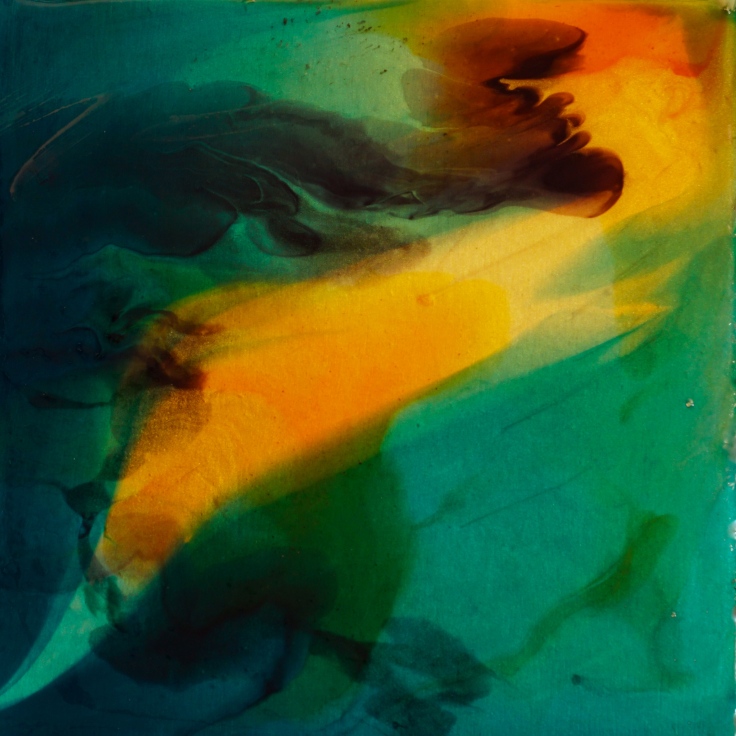
Basic Luminous Pour Painting
Let Go and Create Using Gravity as Your Brush
It’s an exciting, liberating way to create beautiful, movement-filled, luminous art.
It forces you to let go of total control and let the medium and the pigments frolic and play to make some flippin cool stuff.
Of course, the more you explore it, the more control you have – but never like you would with a brush.
That’s a good thing. Free up.
Let’s Get Started
Basic Supplies (general list, detailed information to follow):
- Poly tarp (heavy duty plastic can be found at Lowes or Home Depot)
- Gloves
- Plexiglas scraps (for practicing)
- Cradleboard
- Gesso (brand suggestion: Not fussy about this)
- Liquitex Pouring Medium (THIS IS MAGIC STUFF – WOOT WOOT!!!)
- Acrylic paints (recommend: Golden Fluid Acrylics or Liquitex Soft Body)
- Small plastic containers for mixing/storing variety of colors
- Dixicups (optional, but used for propping pieces off table)
- Tub to collect paint drippings
Colors:
First, pick your color choices for this painting. I’m providing some of mine as examples.
Paint Group Suggestions
For your first Luminous Pour Paintings, I’d suggest picking a group from the list below; a few light, transparent paints, one or two darker, and a few metallic or interference colors. In your first paintings, try to aim for a more light than dark, create movement with a smaller amount of the darks, and highlights of opaque or metallic or interference paints. Play with one group of colors before moving on so that you can start to get a feel for it
Let go of the need to be perfect!
Warm:
- Quinacridone gold – or transparent yellow iron oxide
- Quinacridone burnt orange
- Mixed blacks/brown (ex Anthraquinone blue and Quinacridone burnt orange)
- Interference gold and/or orange (mixed fairly thickly, but evenly)
- Any metallic gold or bronze
Cool Toward Purple:
- Pthalo blue (blue shade)
- Mixes of degrees of blue (blue shade) or Anthraquinone blue and Quinacridone magenta
- Quinacridone magenta on its own, or pushed a bit with pthalo or anthraquinone blue, or shaded down with a touch of pthalo green
- Opaques – white, or interference blue, violet, or even a little gold
- Mixed black from Quinacridone magenta and Pthalo green (may need a touch of transparent iron oxide to push it)
Blue, sea tones:
- Pthalo blue (green shade) some lighter, some darker
- Pthalo green, blue shade
- Transparent Yellow Iron Oxide
- Transparent Red Iron Oxide or Quinacridone Burnt Orange
- Mixed black from Pthalo Blue and Quinacridone Burnt Orange
- Metallic golds or bronzes
- Interference gold or green
TEST IT OUT:
Snag a Plexiglas panel and some gloves. Put the gloves on.
Pick a light and a dark paint from the group you choose. Pour three half dollar size puddles of your light, three quarter sizes of your dark. Squiggle some metallic or interference pain around.
Start tilting!!! Don’t be afraid of diagonal tilts either, or reversing a tilt. The idea here is to see what the paint does, what happens when you tilt it sharply or lightly, how they flow together, stick stubbornly, mingle, drip it off the sides, make a general mess. You can’t ruin it – this is practice.
Find what you like, (or liked, as it probably changed as you tilted it) and think about what you did to make that happen.
Stuff You Will Want to Know
Mixing Your Paint with Pouring Medium
Mixing can sometimes be the most time-consuming step, but if you do it right, your piece will be better in the end.
- Carefully pour some medium into a jar or cup, then add a few drops of your pigment, then more medium, and more drops. Pour carefully to avoid a lot of bubbles. This medium can froth and you can end up with a frothy bubbly painting instead of the resin-like surface this medium is meant to help you create.
- Start stirring with a plastic spoon, lifting the mix from the bottom up. If you swirl from above, you risk introducing a lot of air, creating bubbles.
- About the bubbles – Never shake pouring medium! If you do, you have to wait for it to settle down before it’s usable.
Getting the color you want:
This medium is almost milky translucent. It won’t be when it dries – it’ll be clear. It makes your colors look lighter. This isn’t yet the forum for a lot of color theory, but these tips will help:
- Mix black from lots of drops of transparent paints
- Alizarin Crimson + Pthalo Green
- Anthaquinone Blue + Quinacridone Burnt Orange (My Fav)
- Mix Great Brown by adding more of the Alizarin Crimson or Burnt Orange
- They won’t look black or brown – test it on white paper or the plastic tarp.
- Really Light Colors – if you want really light colors like baby blue, instead of adding white, which makes it opaque and deadens the luminosity, just use very few drop of your blue and let the medium separate the pigment particles and bounce light between them and give you your light color. You will be using light instead of paint to make a light color – as long as you are working on a white or gessoed surface. Test it by rubbing some across white paper or your tarp.
How much do I mix up?
More than you think you will need. You always need more than you think. Store leftovers in an airtight container.
____
OK let’s make a beautiful mess!
In your first paintings, try to aim for more light than dark in the beginning, create movement with the darks, and highlights of opaque or metallic or interference paints. Play with one group of colors before moving on so that you can start to get a feel for it.
Let go of the need to be perfect. You are learning.
Gloves on!
- Pour your main light first – this is the most paint you will use with this beginning project. For your first project, don’t over thing where it will end up – just pour where you’d like it to start.
- Add another medium color if you want where you want
- It’s a fun time to put in a bit of interference or metallic if you like that stuff
- Using small tilts, tilt to the side, tilt it away from you, and tilt to the other side if you want, and then tilt toward you to spread it around a bit. It’s ok if some of it runs off the side.
Add Your Darks
- Don’t be symmetrical about this!
- Choose where you want to start your darks. Try to avoid too much symmetry. Symmetry kills motion. Balance is good, but achieve it without doing one there, one here, one there, one here …
- Add puddles or swoops of your blacks, smaller browns perhaps next to, in or near them, and then add some small areas of bronze and/or interference gold and/or metallic bright gold … these are just starting tips. You can totally experiment one you get the concept down.
- If you want to lighten an area, you can pour clear pouring medium in that area.
- Note—Adding anything to an area will push the paint next to it away a bit, in general, and even more so when you tilt it toward that paint. Sometimes you may want to do that on purpose.
Time to Really Tilt that Puppy
- Try not to do exactly the same order of tilt as before. You can try a little tilt at first, at this point can tilt it the other way if you don’t like it and a lot of it will correct itself. Diagonal tilts are often effective at this stage. You can also run a gloved finger to mingle some paints together (this is great with bronzes, golds, etc. that like to stick together and float around the top).
- You might want to get brave and do a big tilt or a diagonal tilt – or tilt and turn and tilt and do little titls. Stop and look at it once in a while. I had no idea how often and long I just stopped and stared at a pour painting in process until I started working on YouTube demonstration videos. I think I’ll cut those parts out.
- Try to remember where your darks may have anchored themselves to the board – you may only see a ghost of them now through this glue-like stuff, but you will see them when it all dries and it can really change the composition.
- Don’t worry too much, through, you can do another layer later if it isn’t quite there.
- While it’s still wet, you can squeeze, drop or pour your mixed paint into holes that are left on the surface, use a gloved finger to encourage paint to meld together or swirl, or to shore up funky edges and gaps. You might want to use that gloved finger or the back of a spoon to soften up the edges if you do that, or to bring paint out to the edge of the painting.
- If it’s started to dry, don’t add more paint. You can do a little of this later, or do a completely new pour on top as long as it’s all dry (wait a couple of days to make sure … unless it still looks milky, and that means waiting even longer)
Be Done Before You Think You are Done
When you are done, wipe off the sides with your gloved finger (just to smooth it out a little) and if your working surface isn’t level, transfer it to a level surface and let it dry on top of Dixie cups (you can add extra Dixie cups to the one side to make it more level if needed). Make sure the surface is protected – this can really run if not level, and engulf whatever is in its path.
Keep Pets and Small Children Away
I know from experience that cleaning up gooky cat paws and paw prints on a floor is no fun and the cat doesn’t like it much either. Rubbing alcohol can help the floor. There’s nothing much for the cat but soap and water.
Plus it messes up your composition big time!
Bonus Tip
ITCHING TO STILL PUSH IT AROUND? After about 30 min – 2 hours depending on your humidity, heat and airflow, the cloudiness in the top surface will have cleared just a bit and formed a skin. Doesn’t mean you should touch it! BUT—if as it starts to clear you don’t like what’s going on underneath, you may be able to nudge the underlying layers in a different direction by giving it a little tilt. This is because the bottom layer is still wet and moveable.
Don’t nudge it too far, you can end up with weird buckles and bumps on your surface. Sometimes I’m ok with that. If it’s not too thick, you can correct it with a clear pour.
Tips & Tricks: Tools & Materials
General:
- GLOVES! – Always wear gloves. This is like glue and your cuticles will hate you!! You will need more than one pair. I always end up with interruptions while my gloves are goopy and have to tear them off and grab another pair. You can use less gloves if you keep a bucket of water around and drop them in it (and remember to fish them out later for drying).
- Yucky clothes & shoes. You will get it everywhere. If you are a very meticulous sort, definitely use yucky clothes and shoes and make sure to drop some paint on them right away. Then you’ve already been messy so you can stop worrying about it and let loose.
- Poly tarp or large black garbage bags to protect your painting surface and the floor. Poly backed paper tarps work really well on the floor – the medium dries faster on the paper. I like poly on my work surfaces, as my friend Virginia, a found-object artist, likes to peel all of the dried goo and create new art. I love that.
- Airtight containers to mix and save the paint and medium mixes in. I’ve heart of people using Ziploc bags, but that sounds too intensely messy even for me. When your containers get too gunky to use, you can soak them in a bucket of bathwater (I’m in California and we are in a drought) and the paint will peel off. Same with your plastic spoons.
- Toothpicks or – best – wooden skewers for kabobs for popping bubbles and sometimes to swirl your pigments together ( also like using a gloved finger or plastic spoon better for swirling – Less chance of funky white divots from scraping the surface)
- Plastic knives, spoons for mixing and pushing paint around (I like spoons, but knives work well for dripping paint in a controlled fashion)
- A level. You may be unpleasantly surprised to find out what your painting has done overnight if you leave it unlevelled. This stuff likes gravity and will go where gravity dictates. Always good to check it each half hour.
- Paper towels, or rags
- A bucket of water for dipping your gloved hand in to clean it off
- Rubbing alcohol, for cleaning up drops and spills and, well, sometimes we start cleaning up without our gloves on and … it does not help het it out from under your fingernails.
Medium
- At least 16 oz. of Liquitex Pouring Medium if you are working under 16” x 16” in size. In fact, if you really want to start to learn the medium, don’t get anything less than a 32 oz. You will jut get hungry for more, and that itch to keep doing it, and run out. Stop buying café coffee for a couple of weeks, or cut something else out. You can do it. Put it into your art instead.
Paint:
- Acrylic, artist grade. Don’t use craft paint or cheap student grade. The matting fillers in it don’t work well with the medium.
- Fluid or high flow paints mixes best
- If you are a careful, slow mixer, you can make thicker bodied acrylics work with interesting streakiness, or really keep mixing and make it smooth.
- I use a lot of Golden transparents as in the paint groups section. I like them.
- Don’t buy pre-mixed black. Just don’t. Unless you want the black to be really forward, dead, on the surface. Then you should go for it. Post me a photo. Maybe I’ll change my mind.
Your Painting Support:
- I like using sanded cradled board, with 2 or 3 coats of gesso.
- You can use pre-gessoed Masonite – it’s too slippery for my taste but because of that you end up using less medium, so if you are on a budget, it’s a way to explore the medium without breaking the bank. It just doesn’t turn out as thick and luminous.
- You can also use Plexiglas – it will adhere permanently to this. Not super thin – too thin will flex while drying and distort your work. Thin is ok for practice.
- Canvas stretched on cardboard can warp, but is fine to use for practice.
- The above 3 options will all need framing if you have a successful piece.
- Stretched canvas sags and the medium puddles in the middle. If you like that, try it, but I don’t like the effect. I am toying with the idea of stripping a painting off the stretchers and mounting it on board, and then pouring over it … but I haven’t done it yet so can’t tell if it would be as awesome as I think it might be. Let me know if you try it.
Get Brave. Get Pouring. It’s Good for You
(cheat sheet w/shortened steps follows – copy & print it for your personal use)
Cheat Sheet
- Gesso your Board so it has time to dry.
- Make sure you have gloves, tarps, spoons, etc.
- Set up a level drying area.
- Choose your color palette and plan what paints you need to mix into medium.
- Carefully mix your paint and medium into cups, squeeze bottles, etc.
- PUT YOUR GLOVES ON!
Then
- Pour! In the beginning, start with your light transparent color.
- (You can tilt and tip anytime you want in this process)
- Add a lot less of a darker color – you can always add more.
- Add some metallic or interference or the opaque of your choice
- Consider adding a dark or light on top of or next to your metallic/
- Interference to get it to intermingle better, possibly even swirl it a little
- Tilt and turn it unless you like how it looks and make sure to
- Stop before you think you are done
After:
- Set it on a level drying surface
- Pop bubbles, decide if you want to do any more tilts before it forms a skin.
- Check frequently for the first hour to make sure the paint isn’t dripping off one side – you may have to prop up that side a little.
- After a couple of days, you can add another layer. It will take longer to dry.
To return to Linda’s website, click here.


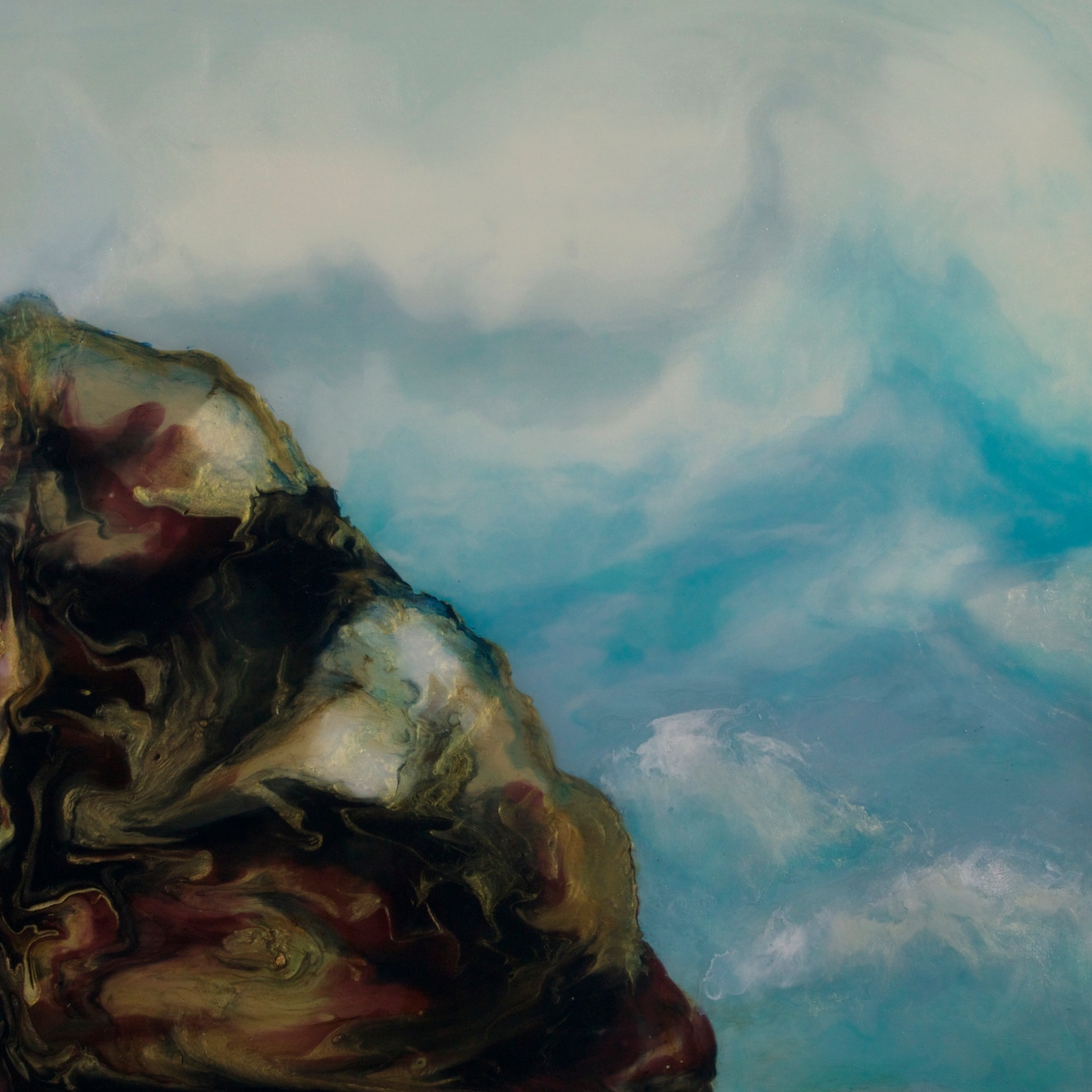
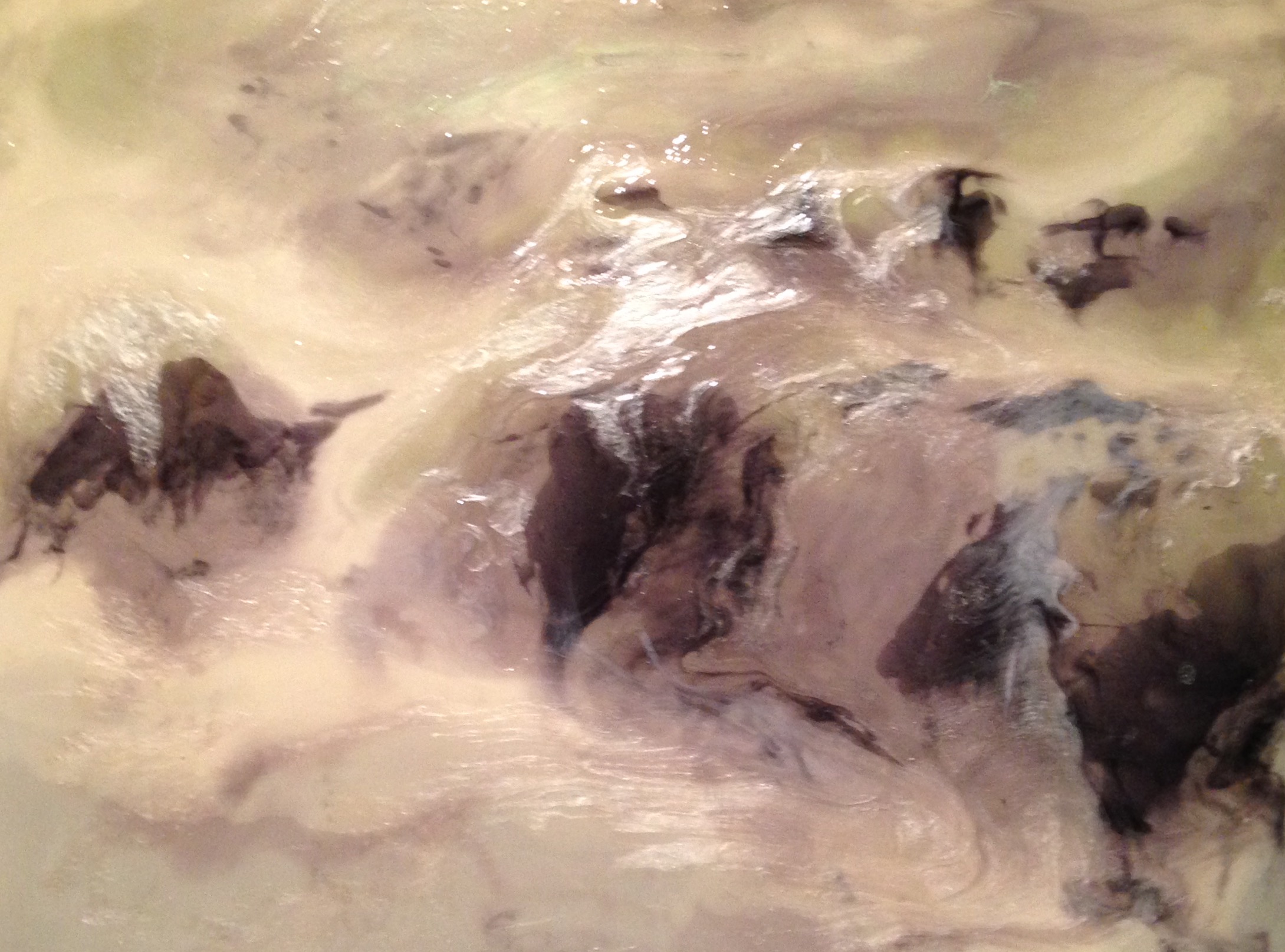










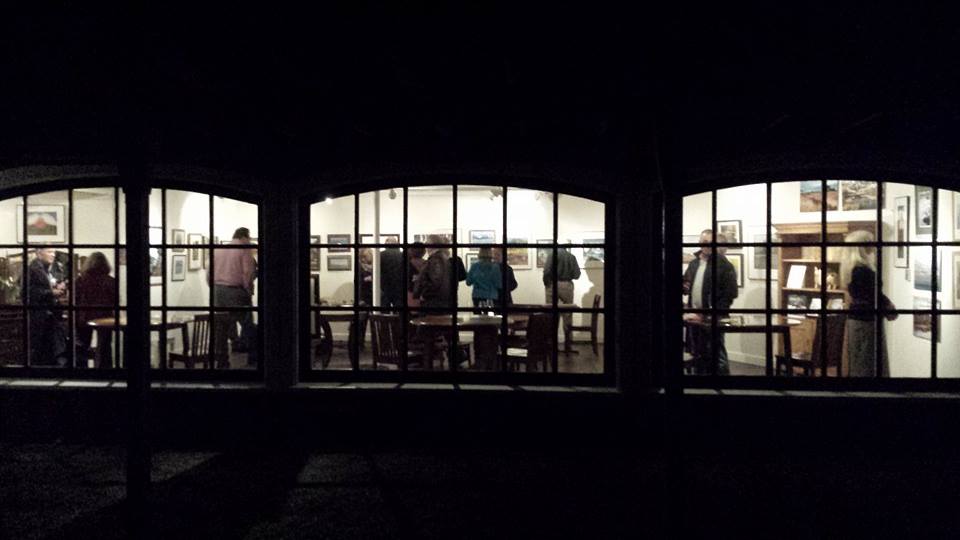
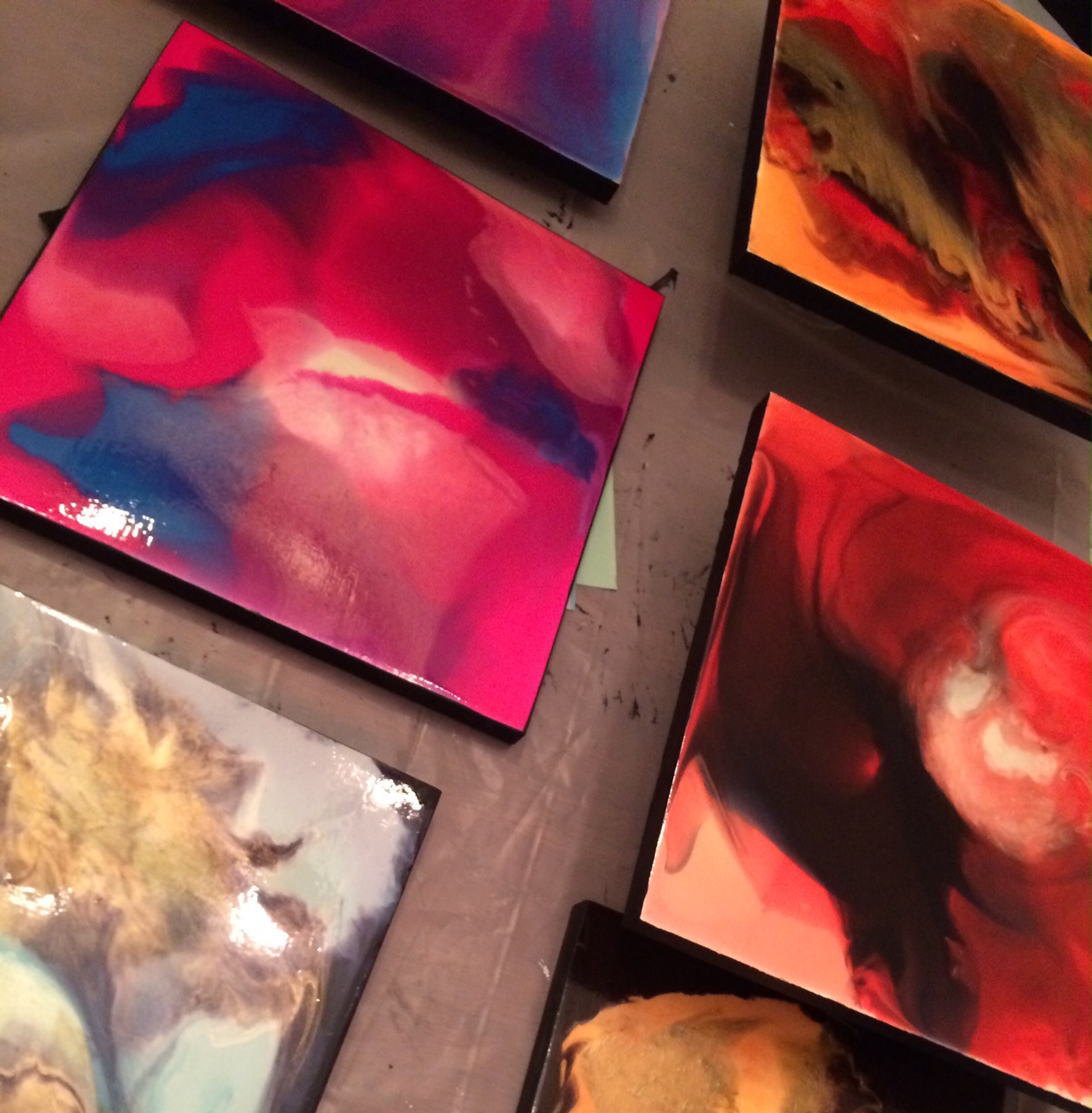
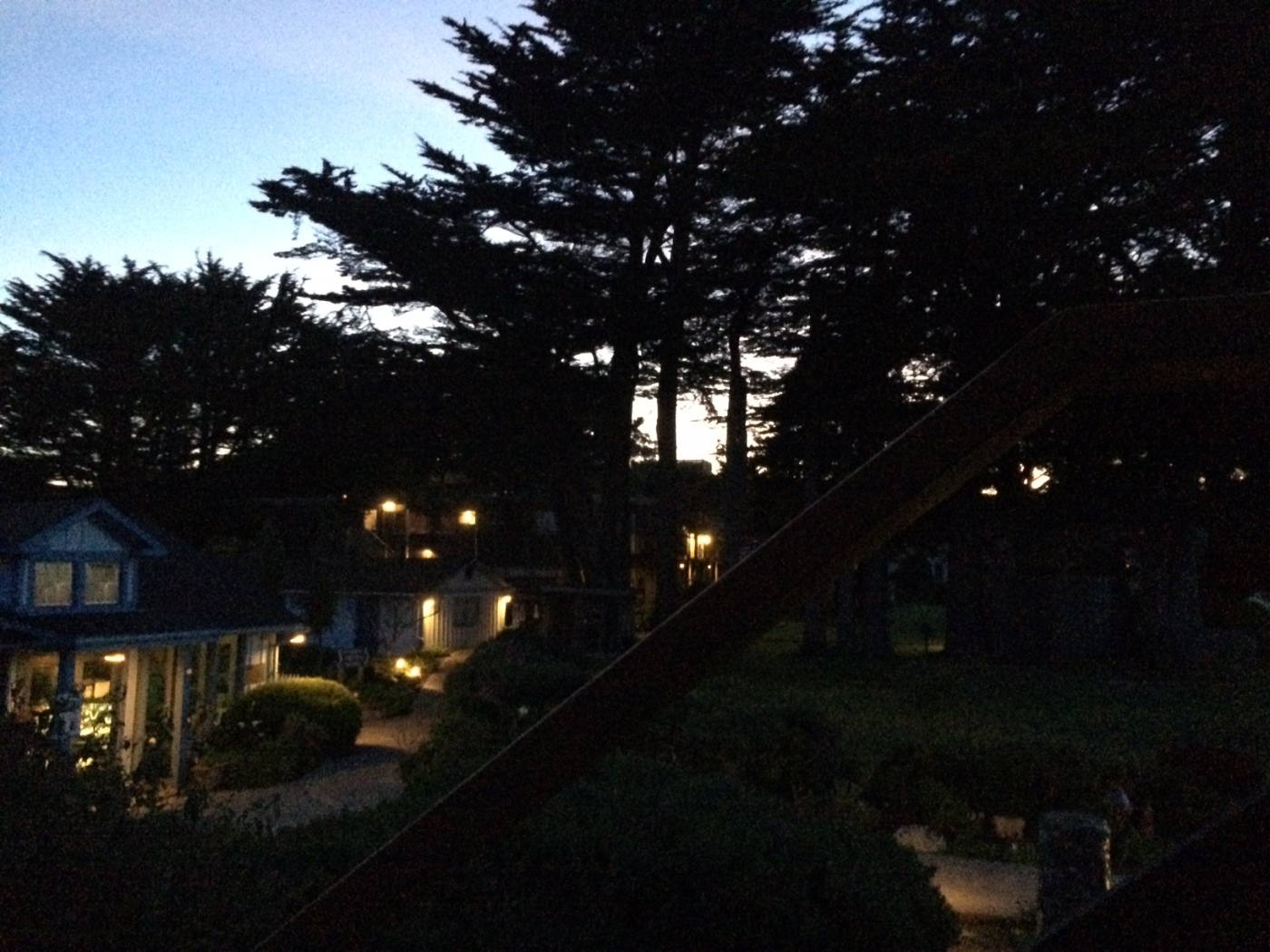
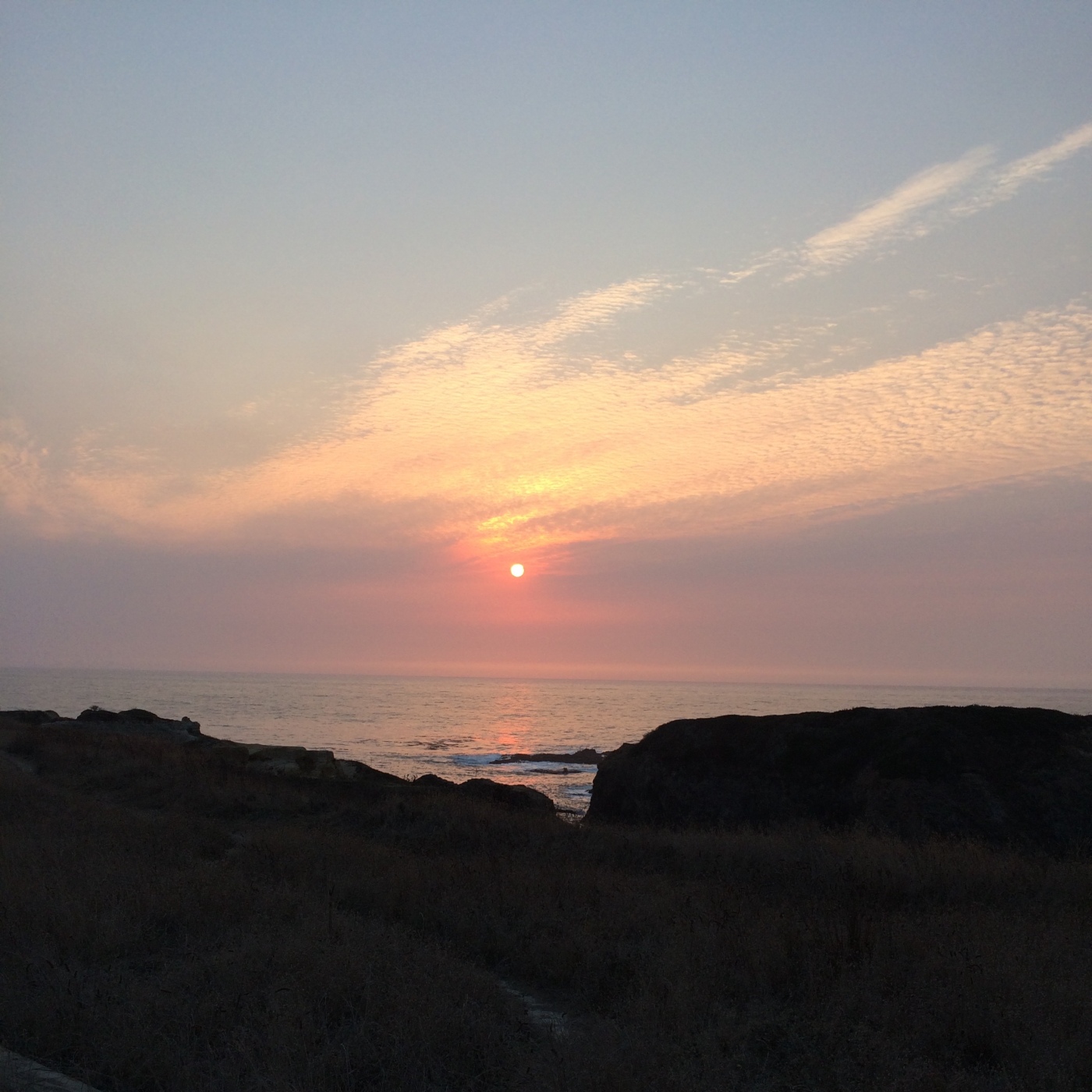
Recent Comments